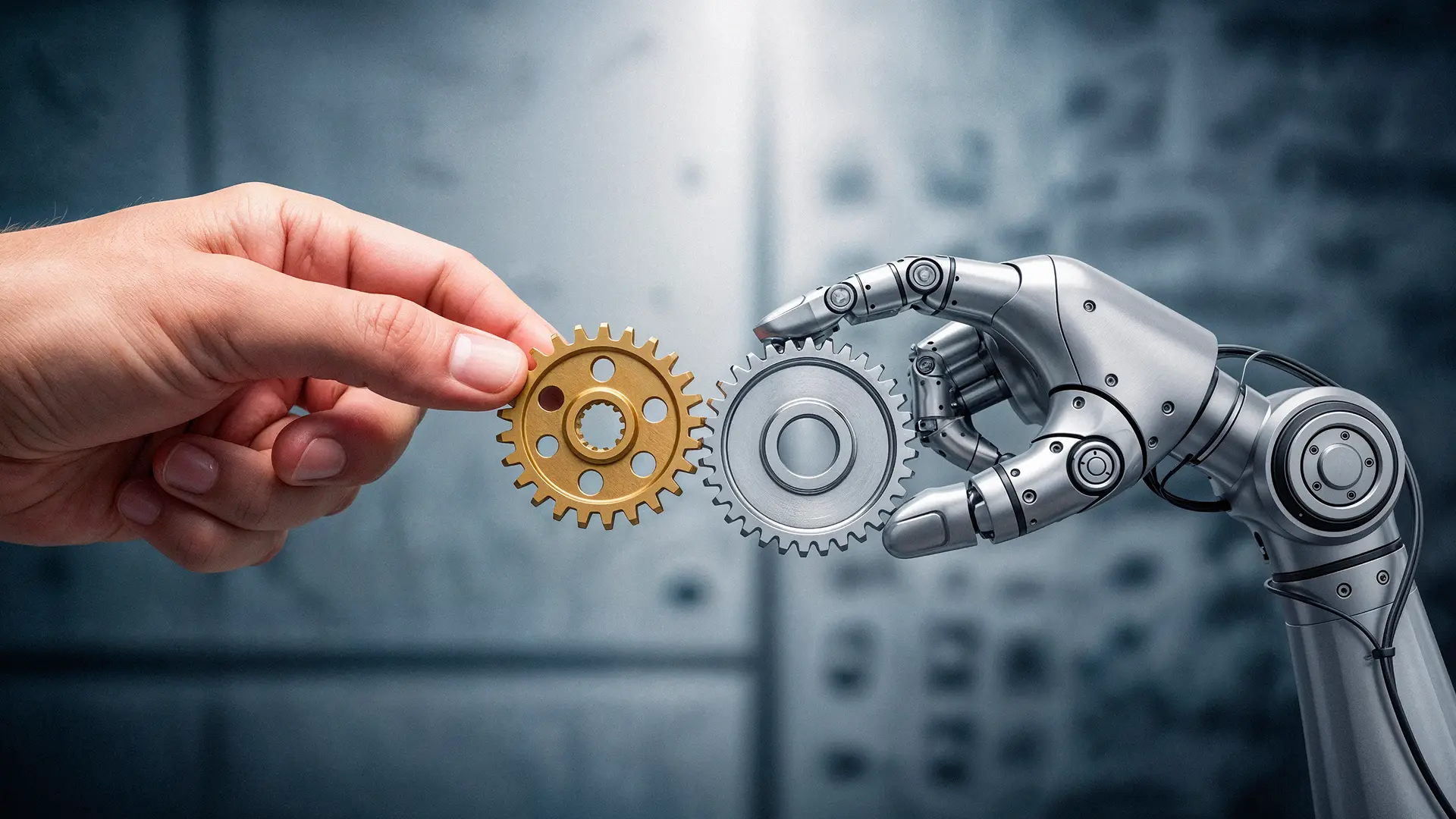
Every sales and customer success professional knows the challenge: follow-ups are critical, but doing them manually is time-consuming and easy to forget. That’s where automation comes in.
But here’s the catch — too much automation can make interactions feel cold, robotic, and impersonal. Customers don’t want to feel like they’re just part of a sequence. They want to feel valued.
So, how can businesses strike the right balance? With the right CRM strategy, you can automate follow-ups efficiently while still keeping them human and personal.
1. Use automation to stay consistent
The biggest risk of manual follow-ups is inconsistency. People forget, get busy, or prioritize urgent tasks.
With Bizon360 CRM, you can:
- Schedule follow-up reminders automatically
- Trigger emails based on lead behavior (e.g., after a demo or quote request)
- Ensure no lead or customer slips through the cracks
Consistency builds trust, and automation makes consistency effortless.
2. Personalize beyond the first name
Automation often gets a bad reputation because it’s limited to “Hi [First Name].” True personalization goes deeper.
With CRM data, your automated follow-ups can reference:
- Previous interactions (e.g., “As we discussed on our last call…”)
- Product interests (e.g., highlighting features they asked about)
- Timing (e.g., sending renewal reminders just before expiration)
This makes automation feel like a continuation of a real conversation.
3. Segment your audience for relevance
Not every customer needs the same message. Sending generic emails to everyone reduces impact and feels robotic.
In Bizon360 CRM, you can segment by:
- Lead source
- Industry or company size
- Engagement level
- Purchase history
This ensures your follow-ups are tailored and meaningful, even when automated.
4. Blend automation with human touchpoints
Automation shouldn’t replace humans — it should support them. The best strategies mix both.
Examples:
- Automated reminder → followed by a personal call from a sales rep
- Auto-sent thank-you email → followed by a personalized LinkedIn message
- Automated survey → followed by a human response to feedback
This creates efficiency without sacrificing authenticity.
5. Monitor and adjust tone
Customers can sense when a message “sounds automated.” The solution? Write templates that sound natural and empathetic.
Instead of:
“We noticed you haven’t responded. Please reply at your earliest convenience.”
Try:
“Just checking in — did you have a chance to look at the proposal?”
Small wording shifts keep automation warm and approachable.
6. Track results and optimize
Not all automated follow-ups perform equally. With Bizon360 dashboards, you can:
- Measure open and reply rates
- See which templates resonate most
- Identify when automation is overused and causing disengagement
Data ensures your follow-ups remain effective without slipping into “spammy.”
Follow-ups are where deals are won, renewals are secured, and relationships are built. Automating them saves time and reduces errors — but the real value comes from blending efficiency with empathy.
With Bizon360 CRM, automation doesn’t mean losing the human touch. Instead, it ensures every customer feels seen, valued, and supported — while your team spends more time building relationships, not chasing reminders.
Because the best follow-ups aren’t just timely — they’re personal.


